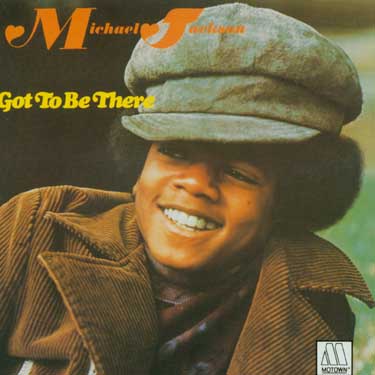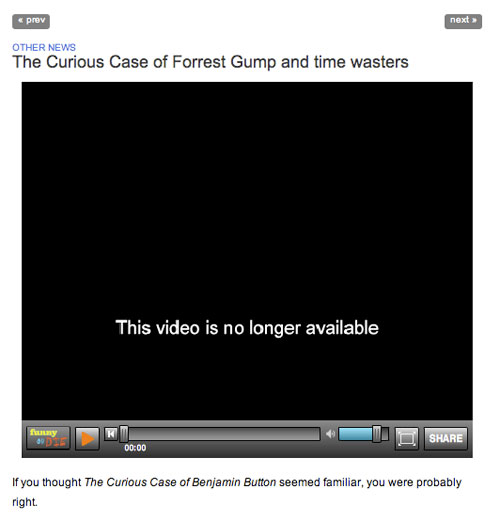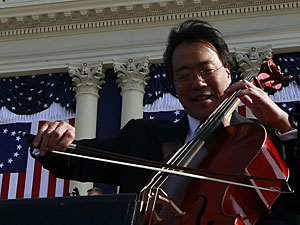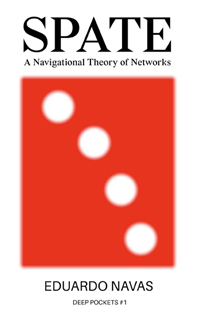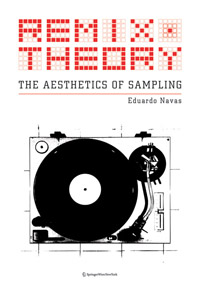Cultural Center of Spain Events: Premio Arte Joven and Latina Urbana, by Eduardo Navas
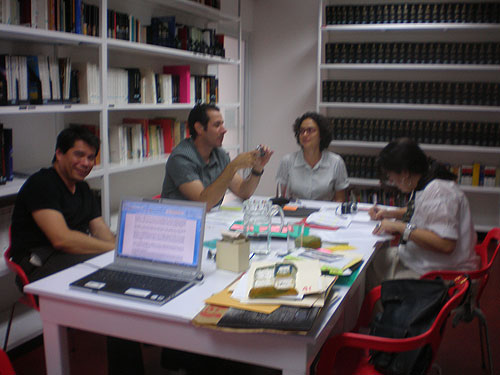
From left to right: Eduardo Navas, Seidel Brito, Mónica Mejia (CCE Program Coordinator), and Clara Astiasarán. Discussing the ongoing selections of Arte Joven.
I visited San Salvador in June. This time I was invited again by Cultural Center of Spain to be a juror for their Premio Arte Joven 2009 (Young Artist Award 2009). The prize has been in place for ten years now, and has proven to be an important cultural element in supporting young artists in their early professional development.
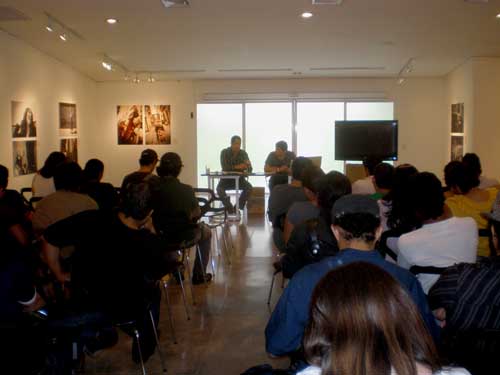
From far left to right: Saidel Brito and Eduardo Navas, discussing the selection process with applicants. Clara Astiasarán participated via Skype.
I was in excellent company with fellow jurors Cuban artist Saidel Brito, and Cuban art critic Clara Astiasarán. We spent several intensive hours going over 71 proposals, from which we chose eight by artists: Ernesto Bautista, Héctor Bermúdez, Boris Ciudad Real, Mauricio Esquivel, Melissa Guevara, José David Herrera, Mauricio Kabistan, and Hugo Rivas. Their projects will be featured in an exhibition in October 2009. From the selected artists three will be chosen by a different set of jurors for first, second, and third place awards that include cash prizes. The October exhibition is complemented with a well produced catalogue.
Aside from meeting with the eight artists to discuss the possibilities of installation and development of their proposals, we, as jurors, also decided to meet with all applicants to explain the selection process and encourage artists to meet each other and converse. This was a way to support and expand the growing art community of El Salvador. The turn out was great and we had an extensive and constructive exchange about art practice and professional development.

DJ A Todo Color, warming up the crowd for recording artists Ikah and Ari Puello on the International Day of Music, June 20, 2009.
Ikah keeps the crowd shaking during her set.
During my stay in San Salvador, on Saturday June 20, I was able to attend a concert also organized by the Cultural Center of Spain in collaboration with the Cultural French Alliance, featuring local rap artists, including Pescozada and Five o Three. This was the second year in which the French initiated public event “International Day of Music” was extended to the streets of San Salvador. The main feature of the night was Latina Urbana, a touring act consisting of Ikah, based in Madrid; and Arianna Puello, based in Barcelona. Both recording artists consistently tour throughout Latin America. They were gracefully supported by the beats of DJ A Todo Color (DJ total color), also from Barcelona.
Ari Puello breaking it down from beginning to end.
The evening was well organized as Pescozada and Five o Three warmed up the crowd for Ikah, who with her R & B compositions kept the crowd going. Ari Puello closed the evening with a strong set of some of her best hits. Ikah has one album and Puello has four. Puello is actually considered an important artist in Latin American rap. Many people in the audience sang along with her while waving their hands in acknowledgment of her well calculated rhyme and beat.

